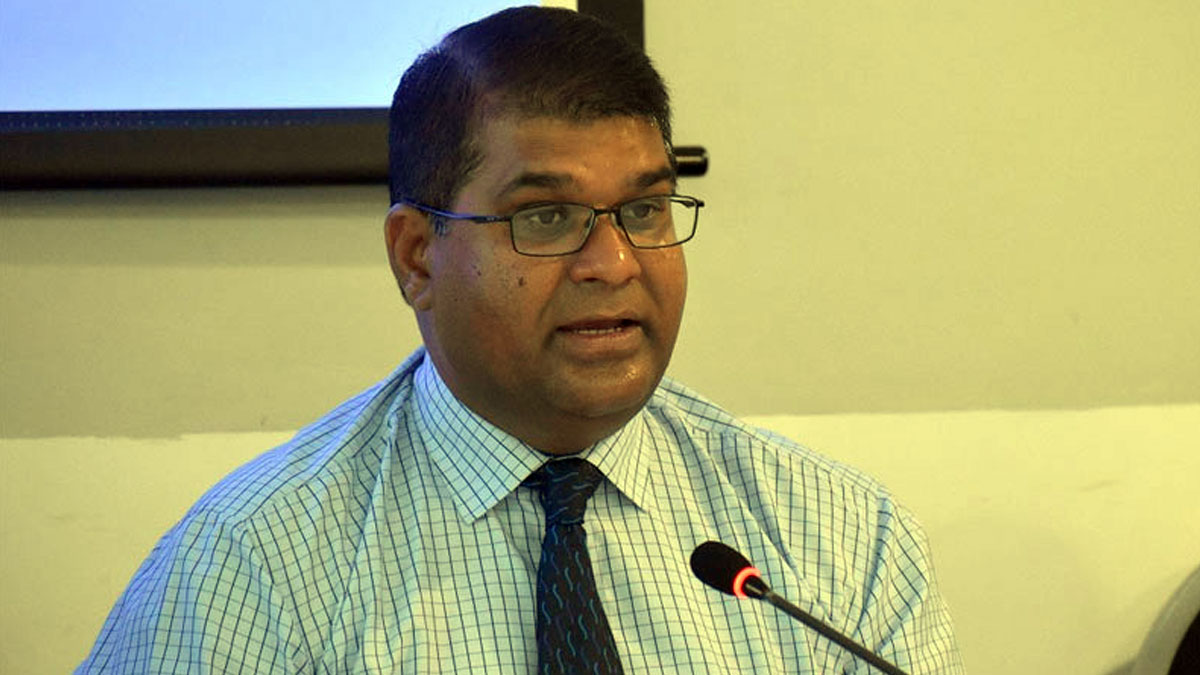
A range of data sources indicate that Fiji’s economic recovery continues, on the back of a strengthening tourism industry and its positive flow-on effects to related sectors.
That is the assessment of the Reserve Bank of Fiji Board.
RBF Governor and Chair of the Board, Ariff Ali says with 636,312 visitors to our shores in 2022, visitor arrivals exceeded expectations and reached 71.1 percent of 2019 levels.
He says in December alone, Australian visitors reached an all-time monthly high of 42,304 and remained the top source market, followed by New Zealand and the United States.
Ali says sectoral performances such as electricity, sawn timber and mahogany also registered gains in 2022, with some sectors now producing at pre-pandemic levels.
He says strong consumption activity to date has been supported by increased incomes from higher employment, robust growth in personal remittances and new consumption loans.
In contrast, the pace of investment activity has remained slow as it continues to be affected by the high prices of building materials.
The RBF Governor says accommodative financial conditions continue to support the recovery.
He says ample banking system liquidity of $2.452 billion as at 25th January kept outstanding deposit and lending rates at historically low levels and new rates competitive enough to drive private sector credit growth by 7.1 percent to a 41-month high in December.
In 2022, commercial banks’ new loans totalled $3.3 billion, an increase of 39.7 percent from last year.
The Reserve Bank of Fiji Board has also decided to maintain the Overnight Policy Rate at 0.25 percent at its meeting.
Ali says while the International Monetary Fund indicates that 2023 could be another tough year as global growth is projected to slow further in 2023, some indicators out of the Eurozone and United States economies suggest that the outlook may not be as weak as earlier expected.
Stay tuned for the latest news on our radio stations

